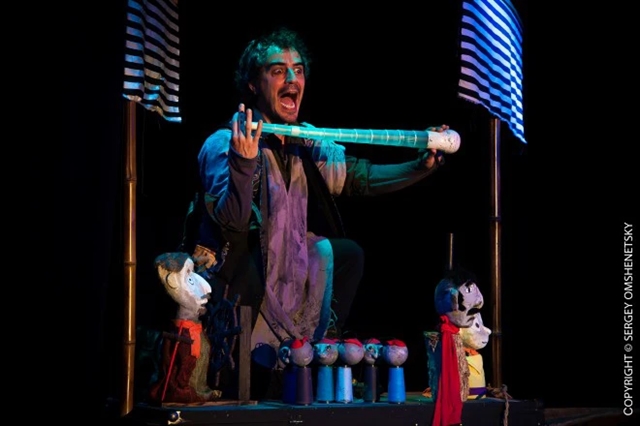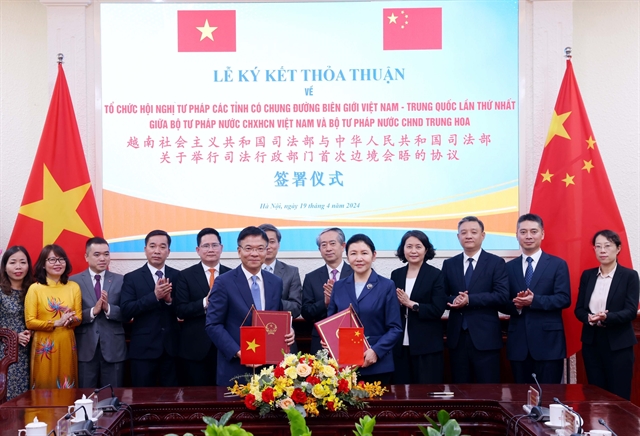

There are plans to make the streets of Hà Nội less busy. They involve not allowing cars, bicycles and motor bikes that carry only the people who own them, and their personal passengers, on the roads.
 |
| Traffic jams are seen regularly in Hà Nội, especially during rush hour, when people are heading to or returning from school or offices. The city’s authorities plan to eliminate private means of transport by 2025. – Photo vov.vn |
There are plans to make the streets of Hà Nội less busy.
They involve not allowing cars, bicycles and motor bikes that carry only the people who own them, and their personal passengers, on the roads.
This would lead to more people using vehicles like buses that carry lots of passengers.
There are now many more people in the capital city than there used to be and they need to be able to get from one place to another every day.
HÀ NỘI — Hà Nội’s authorities plan to encourage the use of public transport and limit individual vehicles, moving towards eliminating private means of transport by 2025.
The plan was at the top of the agenda for Hà Nội’s Party Committee’s programme 06 draft on developing the city’s transportation network, which was discussed this morning.
Bicycles and motorcycles are the most popular means of transport chosen by the locals. As the city’s population soars, the number of private vehicles in operation has continued to rise in recent years.
According to the programme, one key task put forward by local authorities is to focus all forces on urgent transportation projects to ensure traffic safety and reduce congestion.
Participants in the discussion agreed that Hà Nội’s urban infrastructure system had yet to meet the demands of rapid urban development. Public means of transport can meet only part of the demand, while traffic congestion is still common and accident statistics remain high.
The transportation scenario in Hà Nội will become overly complicated if urgent steps are not taken, participants at the meeting heard.
As the locals are increasingly using electric bikes and motorbikes for transport, Party Secretary of Thanh Xuân District Vũ Cao Minh suggested halving the number of basic private transport options, including bikes and motorbikes.
As part of the plan to develop the city’s transport system, the local authorities will work with the Transport Ministry to complete procedures and kick off investment in State-funded transportation projects, such as interprovincial bus stations that reduce the burden on inner-city bus stations.
Chairman of the Hà Nội People’s Committee Nguyễn Đức Chung estimated that by 2020, there will be one million cars and seven million motorbikes in the city.
Last year, the city’s People’s Council agreed on a project that would cost an estimated VNĐ2.2 billion (US$91,000), aimed at reducing traffic congestion.
At an online conference at the end of last year that included government workers and representatives of the country’s 63 provinces, Ha Noi proposed the government should work with the city to reduce the number of personal vehicles on the road in order to eliminate traffic congestion. — VNS
GLOSSARY
Hà Nội’s authorities plan to encourage the use of public transport and limit individual vehicles, moving towards eliminating private means of transport by 2025.
To encourage someone to do something means to persuade them to do so by giving them some support.
Public transport is transport that anyone may use and not just the people that own the vehicles. Public transport often takes the form of buses, trains and aircraft.
To eliminate something means to get rid of it.
The plan was at the top of the agenda for Hà Nội’s Party Committee’s programme 06 draft on developing the city’s transportation network, which was discussed this morning.
An agenda is a list of things that someone wishes to do.
A city’s transportation network is made up of its roads, railway lines, airports and harbours as well as all the things that help make transport work in the city, such as bus terminals, train stations, road signs and bridges.
As the city’s population soars, the number of private vehicles in operation has continued to rise in recent years.
A city’s population means its number of people. If the population soars, it grows and there are more and more people in the city every year.
According to the programme, one key task put forward by local authorities is to focus all forces on urgent transportation projects to ensure traffic safety and reduce congestion.
A key task means an important job that needs to be done.
Congestion happens when there is so much traffic that cars can hardly move. To reduce congestion means to make the roads less crowded of traffic.
Participants in the discussion agreed that Hà Nội’s urban infrastructure system had yet to meet the demands of rapid urban development.
Ha Noi’s urban infrastructure system is its transport network as well as other things that make it able to work as a city, such as its telephone and Internet network.
Urban means to do with a city.
Demands are what people need and wants.
Rapid urban development means the development of a city that is happening very quickly.
Public means of transport can meet only part of the demand, while traffic congestion is still common and accident statistics remain high.
Accident statistics are the numbers and counts of accidents that happen.
The transportation scenario in Hà Nội will become overly complicated if urgent steps are not taken, participants at the meeting heard.
The transport scenario means the transport scene.
Overly means “too much”.
As part of the plan to develop the city’s transport system, the local authorities will work with the Transport Ministry to complete procedures and kick off investment in State-funded transportation projects, such as interprovincial bus stations that reduce the burden on inner-city bus stations.
Investment happens when money is paid into something in order to get either more money or something else useful out of it.
If something is State-funded, it is given money by the government.
Interprovincial bus stations are those bus stations where buses arrive at and depart from on journeys from one province to another.
To reduce the burden means to make something that is difficult a bit easier.
At an online conference at the end of last year that included government workers and representatives of the country’s 63 provinces, Ha Noi proposed the government should work with the city to reduce the number of personal vehicles on the road in order to eliminate traffic congestion.
An online conference is a meeting held between people who speak to one another through an Internet link, all the same time.
To propose something means to put it forward as a good idea.
WORKSHEET
State whether the following sentences are true, or false:
© Duncan Guy/Learn the News/ Viet Nam News 2016
1. True; 2. False; 3. True; 4. False; 5. True.









